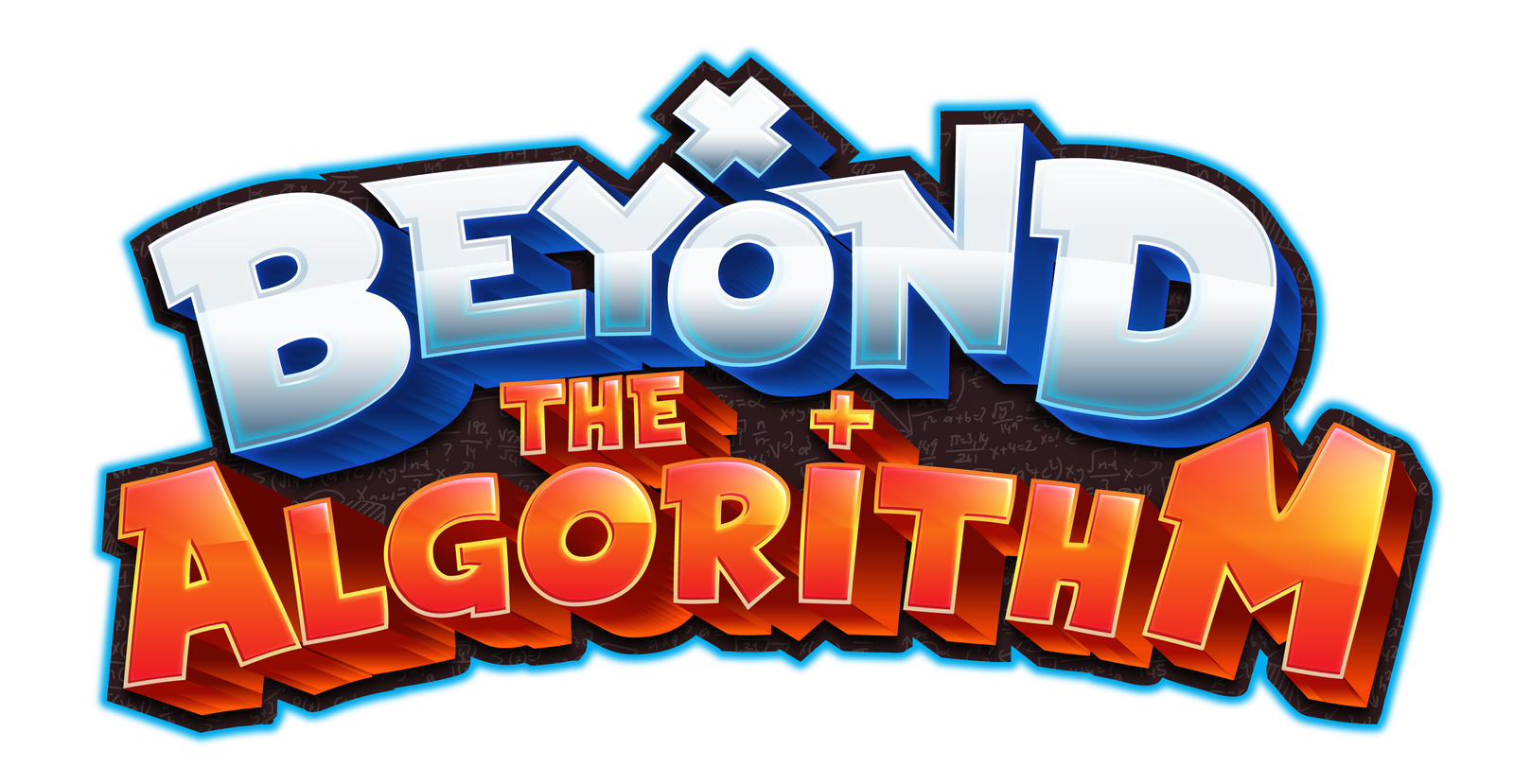NUMBER OUTCOME 6.1
Demonstrate understanding of place value
Demonstrate understanding of place value including:
- greater than one million
- less than one thousandth
- with and without technology.
NUMBER OUTCOME 6.2
Demonstrate understanding of factors and multiples (concretely, pictorially, and symbolically)
Demonstrate understanding of factors and multiples (concretely, pictorially, and symbolically) including:
- determining factors and multiples of numbers less than 100
- relating factors and multiples to multiplication and division
- determining and relating prime and composite numbers.
NUMBER OUTCOME 6.3
Demonstrate understanding of the order of operations on whole numbers (excluding exponents) with and without technology.
Demonstrate understanding of the order of operations on whole numbers (excluding exponents) with and without technology.
NUMBER OUTCOME 6.4
Extend understanding of multiplication and division to decimals (1-digit whole number multipliers and 1-digit natural number divisors).
Extend understanding of multiplication and division to decimals (1-digit whole number multipliers and 1-digit natural number divisors).
NUMBER OUTCOME 6.5
Demonstrate understanding of percent (limited to whole numbers to 100) concretely, pictorially, and symbolically.
Demonstrate understanding of percent (limited to whole numbers to 100) concretely, pictorially, and symbolically.
NUMBER OUTCOME 6.6
Demonstrate understanding of integers concretely, pictorially, and symbolically.
Extend understanding of multiplication and division to decimals (1-digit whole number multipliers and 1-digit natural number divisors).
NUMBER OUTCOME 6.7
Extend understanding of fractions to improper fractions and mixed numbers.
Extend understanding of fractions to improper fractions and mixed numbers.
NUMBER OUTCOME 6.8
Demonstrate an understanding of ratio concretely, pictorially, and symbolically.
Demonstrate an understanding of ratio concretely, pictorially, and symbolically.
NUMBER OUTCOME 6.9
Research and present how First Nations and Métis peoples, past and present, envision, represent, and use quantity in their lifestyles and worldviews.
Research and present how First Nations and Métis peoples, past and present, envision, represent, and use quantity in their lifestyles and worldviews.
PATTERNS & RELATIONS OUTCOME 6.1
Extend understanding of patterns and relationships in tables of values and graphs.
Extend understanding of patterns and relationships in tables of values and graphs.
PATTERNS & RELATIONS OUTCOME 6.2
Extend understanding of preservation of equality concretely, pictorially, physically, and symbolically.
Extend understanding of preservation of equality concretely, pictorially, physically, and symbolically. [C, CN, R]
PATTERNS & RELATIONS OUTCOME 6.3
Extend understanding of patterns and relationships by using expressions and equations involving variables.
Extend understanding of patterns and relationships by using expressions and equations involving variables. [C, CN, R]
SHAPE & SPACE OUTCOME 6.1
Demonstrate understanding of angles.
Demonstrate understanding of angles including:
- identifying examples classifying angles
- estimating the measure
- determining angle measures in degrees
- drawing angles
- applying angle relationships in triangles and quadrilaterals.
SHAPE & SPACE OUTCOME 6.2
Extend and apply understanding of perimeter of polygons, area of rectangles, and volume of right rectangular prisms.
Extend and apply understanding of perimeter of polygons, area of rectangles, and volume of right rectangular prisms (concretely, pictorially, and symbolically) including:
- relating area to volume
- comparing perimeter and area
- comparing area and volume
- generalizing strategies and formulae
- analyzing the effect of orientation
- solving situational questions.
- applying angle relationships in triangles and quadrilaterals.
SHAPE & SPACE OUTCOME 6.3
Demonstrate understanding of regular and irregular polygons.
Demonstrate understanding of regular and irregular polygons including:
- classifying types of triangles
- comparing side lengths
- comparing angle measures
- differentiating between regular and irregular polygons
- analyzing for congruence.
SHAPE & SPACE OUTCOME 6.4
Demonstrate understanding of the first quadrant of the Cartesian plane and ordered pairs with whole number coordinates.
Demonstrate understanding of the first quadrant of the Cartesian plane and ordered pairs with whole number coordinates. [C,CN, V]
SHAPE & SPACE OUTCOME 6.5
Demonstrate understanding of single, and combinations of, transformations of 2-D shapes (with and without the use of technology).
Demonstrate understanding of single, and combinations of, transformations of 2-D shapes (with and without the use of technology) including:
- identifying
- describing
- performing.
STATISTICS & PROBABILITY OUTCOME 6.1
Extend understanding of data analysis.
Extend understanding of data analysis to include:
- line graphs
- graphs of discrete data
- data collection through questionnaires, experiments, databases, and electronic media
- interpolation and extrapolation.
STATISTICS & PROBABILITY OUTCOME 6.2
Demonstrate understanding of probability.
Demonstrate understanding of probability by:
- determining sample space
- differentiating between experimental and theoretical probability
- determining the theoretical probability
- determining the experimental probability
- comparing experimental and theoretical probabilities.
